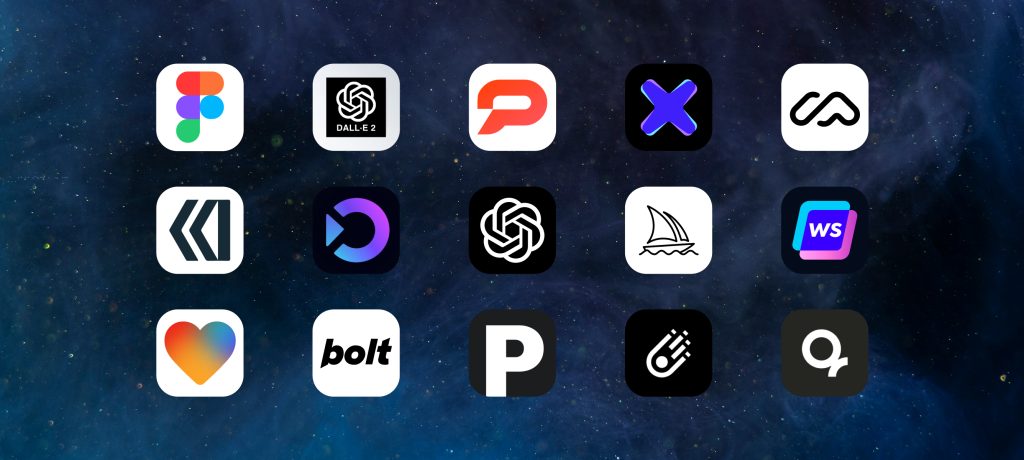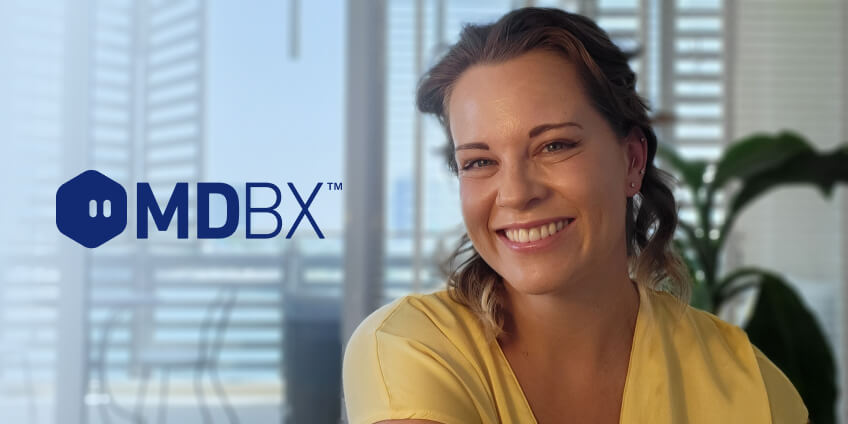Episode Overview
In the fourth episode of the Modus Capital Podcast, Kareem Elsirafy will talk about how to prepare a winning pitch deck. The purpose of a pitch deck is for you to first and foremost articulate your product and the value proposition and the basic information that’s going to get an investor excited about your company and about your venture. From there, the pitch deck is supposed to help you get in front of the investor.
Host
Kareem Elsirafy: Website // LinkedIn
Episode Transcript
Hey everyone! Kareem here from Modus Capital and in this podcast episode we’re going to talk about how to prepare a winning pitch deck.
So first, what is a pitch deck? A pitch deck. It’s important to know that it’s not what is going to get you the money from an investor. It’s one very small component of it. A lot of people have this misconception that you have to have everything in your pitch deck. You’re going to send it to an investor and an investor is going to respond by saying, I’m in or I’m out. That’s really not the way it works.
The purpose of a pitch deck is for you to first and foremost articulate your product and the value proposition and the basic information that’s going to get an investor excited about your company and about your venture. From there, the pitch deck is supposed to help you get in front of the investor.
Now that may only be a very quick 5 to 10-minute pitch because investors look at a lot of companies, they look at a lot of opportunities and have a really limited amount of time, but it’s important to realize that the pitch deck is not the conversation, it’s the conversation starter. So with this in mind, don’t, don’t put too much into your pitch deck. Make sure that it’s easy, it’s simple.
Don’t give away all of your cookies. Make sure that you retain some information to be able to relay it to the investor when you’re going and you’re actually presenting to them, but put just enough information so they understand who you are, what it is that you’re doing, the problem you’re trying to solve, and the opportunity ahead of you.
Okay, so how do you actually put your pitch deck together?
The first thing you want to do is you want to have a cover slide in that cover slide. I’d recommend putting a brief about your team and when I say a brief, I don’t mean where you went to school and all of that jazz, but how you guys came together as a team to be able to come up with the idea and to be able to solve this problem, background on your experience, and make sure you make it very humanistic.
Make sure that the investors understand who you are and how you guys came together in a very organic way. The same way that you would be telling a friend, Oh my friend Mohamed, we met through here. We started working on X and here we are today. The second thing is you want to talk about the problem that you’re going to solve. Identify some of the main pain points, whether it’s for consumers or for businesses. After that, discuss the market. What’s the opportunity for this business to be viable in the market and how many people and how or businesses can you actually capture what is available for you to bring in that you’re going to target as clients, customers, and intern revenue.
Talk about the solution, how it is that your product is going to solve these problems, and then from there discuss the actual product itself, whether it’s a SAS platform and application, a piece of hardware, give you examples, show screenshots or pictures of the
problem, and also try to put in the user journey. If you have an opportunity to show what it’s like from a contextual standpoint, this is really going to resonate with investors because they’re actually seeing the product, the problem, and the solution in action.
From there, you want to include your business model. How is this going to make money? If you don’t have it figured out, it’s quite all right. What you can do and I recommend is put three options, no more than three options, and I’ll tell you why on how you actually can make money. You don’t want to really put more than 3 options because you don’t want investors to get the idea that you’re kind of all over the place.
We know that there are 10 or 12 different ways to skin anyone cat, but the idea here is for you to articulate the top most feasible three based on your early data and your learnings from your experience thus far. After that, talk about growth, what growth you’ve already had, and what growth do you plan to have. Now the growth doesn’t necessarily need to be financial growth. It could be transactional growth. For example, if you have an eCommerce platform, it’s not necessary for you to be able to say that we have made X amount in sales, but if you show growth from the top-level funnel, for example, people going from ads on social media to your website and then browsing and spending a good amount of browsing time on your website, you’re giving an indicator to investors that these are people that you’ve captured their early interest.
The next phase will be how do you get them to put things in a basket and from there actually make the purchase and after purchase, repeat, and referral business. The next part you want to talk about competition. Now, one thing that I see too frequently is that we are the only ones in the market. Now that’s a very, very bold statement and although it could be true, be realistic, don’t show that you’re the only one in the market your nobody else has come up with this idea or nobody else at least is overlapping in this space. Be honest. Be upfront because what you’re going to want to do after you talk about competition is you want to talk about your competitive advantage. It’s okay for you to be one of two, three, five players in the market, but articulate for your competitive advantage.
What edge do you have? It might be the exact same thing that another platform is doing, but you provide better user experience, better customer service. Maybe you have a language that is able to target a different demographic of people who are looking for the same service. Just make sure you identify what is going to differentiate you from the other competitors in the market. After that, you want to discuss your team. Let the investors know that you have a strong team that’s ready and available and working on this project. This helps them realize that it’s actually real and moving forward and they also get an insight to the skillset on your team and if they identify that you need some specific skillset that you don’t have, more than likely they will try to help you find or identify that you need this specific person or skill to fill in that gap.
The next thing you want to talk about is the future. What you plan to do with this money and where do you want to go? Identify at the end of your funding for this round, what milestones you seek to achieve and what is the narrative that you want to be telling the next round of investors when you go to fundraise. Second, to last is the ask. Make sure you clearly articulate how much are looking for and how much you are willing to give up equity for that money. And the last thing is what I like to call a strategy slide. Now too many people on the last slide of their deck have something that says thank you or has just a picture of all of the people on the team. Every investor is different. Every investor is motivated by something that is most likely different from another investor.
This strategy slide is meant for you to completely customize it to the investor that you are going to pitch. It shouldn’t be the same for any two investors unless two investors are very, very similar in their approach and what they’re looking for. For example, some investors might be focused on impact. Put how many jobs you’re going to be creating, put how many people you’re going to change their lives with your product or solution. Some might be focused more on financial gains, articulate that this is a very feasible business and where you guys see your revenue projections coming in two to three years. So again, this is a slide that as you continue to talk and discuss with investors and answer all of their questions, it’s going to be up in the background for the majority of the remainder of the presentation or your discussion with them.
So use it wisely. It’s going to be something that is going to be, again, in the background. They’re going to be staring at it. Make sure you put the most relevant and hot topic information in that slide that is going to speak to that investor.
Well, that’s it for this episode. I hope you guys found it valuable. If you have any questions or topics that you’d like us to answer on a future podcast, please send your questions to podcast@modus.vc, and don’t forget to follow our social media, Facebook, Instagram, and Twitter modus capital, and we will see you on the next episode. Thanks!
Related read:
VCs vs Angel Investors; How to Raise Capital for your Venture? – Modus Podcast // Ep. 2



